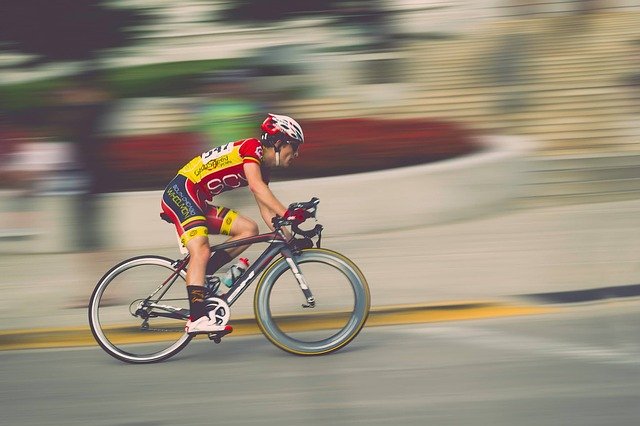Is Testicular Pain After Exercise Epididymitis?
Date:2022-09-07 click:0
The testicles are the critical reproductive organs of men and are the primary site of sperm and androgen production. The testicles are fragile, and a slight lack of attention may cause testicular pain. In this case, it is necessary to go to the hospital for examination in time to avoid irreversible damage to the testicles and even affect sperm production and lead to male infertility.

Testicular pain after exercise may be epididymitis. It is one of the common reproductive infections in the male reproductive system. The primary manifestation is the swelling of the epididymis. Pain is the most common causative factor of bacterial infection, which can be infected through sexual transmission, retrograde seminal tract, and the bloodstream. And there is a great danger to male reproductive health, which is one of the important causes of male infertility.
Therefore, for the sake of male reproductive health, please do local care daily, maintain the hygiene of the vulva, pay attention to rest and avoid the aggravation or spread of inflammation. In particular, it is essential to note that sexual intercourse or physical activity should be strictly prohibited during the acute period.
Is testicular pain after exercise all due to epididymitis? Now let’s get to know the other causes of the onset of testicular pain after exercise. Only by understanding the grounds of the disease can we treat the symptoms.
First, testicular pain after exercise should be alert. This symptom is likely caused by testicular injury and should be timely treatment. If the treatment is not timely, it may affect normal sexual function and male reproductive function. So treat it promptly. It is necessary to pay attention to appropriate aerobic exercise, not strenuous exercise.
Second, testicular pain may be caused by testicular torsion. Testicular torsion is a relatively common male disease, and the patient will have testicular pain or testicular redness and swelling. If the treatment is not timely, it will bring more pain to the patient and cause male sexual dysfunction. Men usually have to change unhealthy habits. If there is discomfort, it is best to go to the hospital for an examination, and it is better to choose the best treatment plan according to the condition.
Third, testicular pain may be caused by orchitis. It is a relatively common male disease, mainly driven by bacterial virus breeding. Pay attention to changing unhealthy habits and keep your private parts clean. The poor hygiene of sexual life and excessive circumcision can lead to the onset of orchitis.
The causes of testicular pain after exercise are complex. If testicular pain occurs, it is best to understand the reason so that the testicular pain can be adequately treated. It may be caused by epididymitis, orchitis, testicular injury, or testicular torsion. It is best to know the cause of the problem so that it can be treated properly.
For epididymitis and orchitis, especially chronic, herbal medicine Diuretic and Anti-inflammatory Pill can be chosen for treatment. It has the effects of clearing away heat and toxin, promoting blood circulation and removing blood stasis, which can eliminate the pain and other symptoms. And it will not produce drug resistance, nor will it bring any side effects to the body.
Moreover, you should focus on changing unhealthy living and eating habits and avoid strenuous exercise.
Men may experience testicular pain after exercising. The pain in the testicles after exercise may be caused by improper movement, pulling the testicles, which can be temporarily observed and gradually improve on its own after rest. The testicular pain after exercise may also be caused by diseases, such as epididymitis, chronic prostatitis, varicocele, etc. If the pain is persistent, it is recommended to seek medical attention to clarify the cause and treat it.
You may also be interested in:



